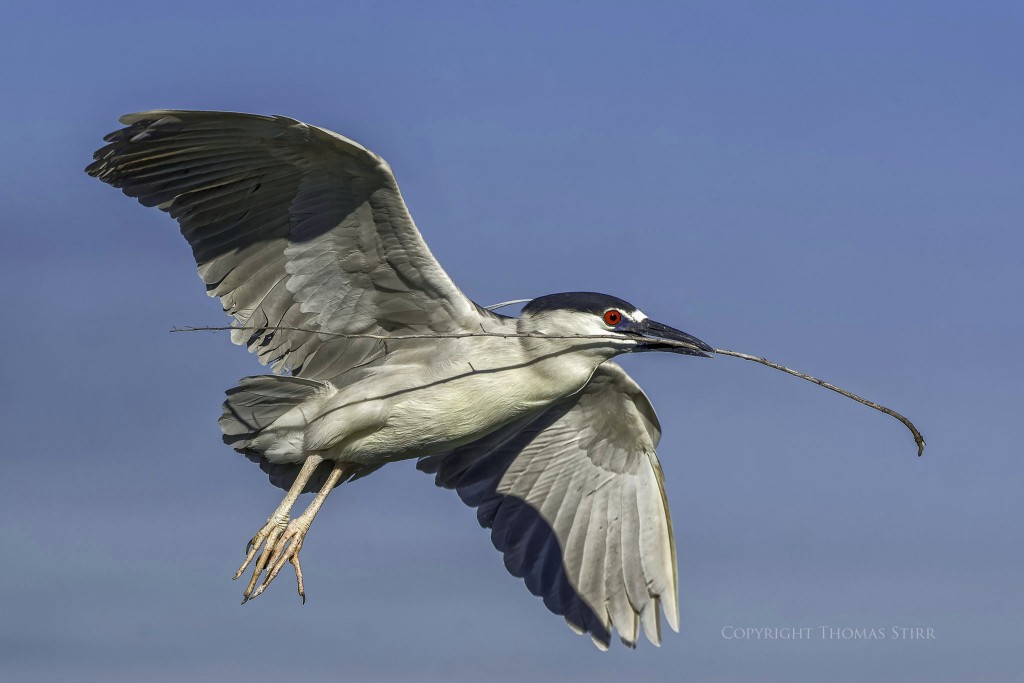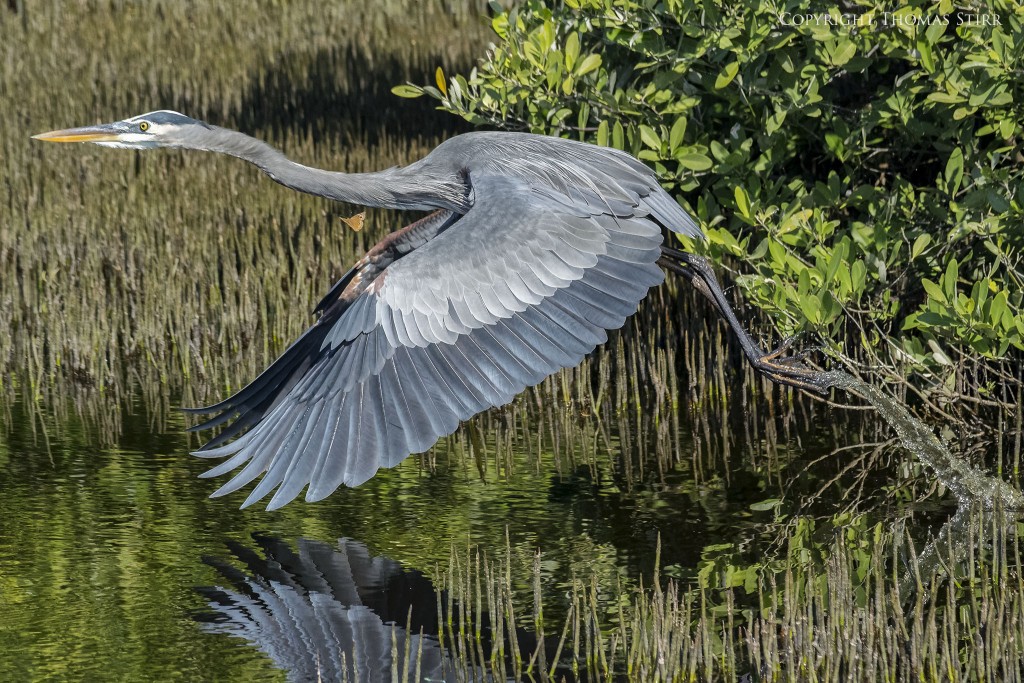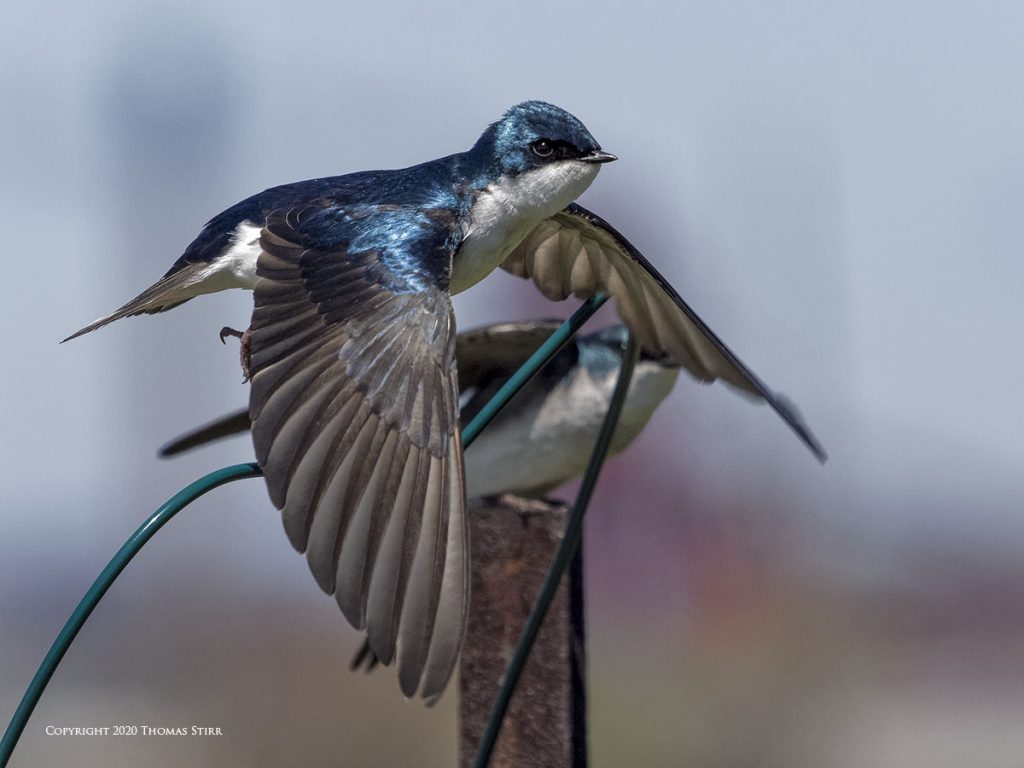Deciding what camera to buy comes down to a really simple question: What equipment makes getting your shot easiest and with the highest degree of reliability? At the end of the day nothing else matters very much.
NOTE: Click on images to enlarge.

Sometimes when we are reseaching camera gear we get caught up in analyzing specifications. We look at sensor test data. We read and re-read formal camera reviews. We pixel peep sample images. We ask friends and associates about their experiences. And often… we forget what is important.

Basically we get overwhelmed with issues that are irrelevant until we define what ‘getting your shot’ means to us specifically.

Recently I had the opportunity to observe an interaction between two photographers. The first photographer was explaining in great detail what he loved about his Sony RX-10 IV, and how it enabled him to get the type of bird photographs that he loved.

The second photographer feigned interest as he cradled his ‘big gun’ full frame gear in the crook of his elbow.

Funny thing is that both photographers had made the right decision in terms of their camera gear purchases. Even though they were out photographing the same birds, at the same location, at the same time. How they individually defined ‘getting your shot’ was very different of course.

The first photographer’s priorities were about portability and fast autofocusing frame rates. His main interest was in capturing unique wing positions of birds-in-flight.

Getting your shot to the second photographer meant consistently shooting in low light situations with accurate autofocus.

As often stated here, there is no such thing as a perfect camera. Everything photographic comes with some kind of trade-off. The best camera for each of us is the one that makes ‘getting your shot’ easy and reliable.

The hockey legend Wayne Gretzky had a wonderful quote that photographers should keep in mind when deciding on camera gear, “You miss all of the shots you don’t take.”

What does ‘getting your shot’ mean to you? How many photographic opportunities are you missing with your equipment? What would your camera gear need to do to make ‘getting your shot’ easier and more reliable?

The brand and model of camera doesn’t matter. Sensor size doesn’t matter. All that matters is getting your shot and using the equipment that best allows you to do that.

Technical Note:
Photographs were captured hand-held using camera gear as noted in the EXIF data. Images were produced from RAW files using my standard process.

How you can help keep this site advertising free
My intent is to keep this photography blog advertising free. If you enjoyed this article and/or my website and would like to support my work, you can purchase an eBook, or make a modest $10 donation through PayPal. Both are most appreciated. You can use the Donate button below. Larger donations can be made to tom@tomstirr.com through PayPal.

Word of mouth is the best form of endorsement. If you like our website please let your friends and associates know about our work. Linking to this site or to specific articles is allowed with proper acknowledgement. Reproducing articles, or any of the images contained in them, on another website or in any social media posting is a Copyright infringement.
Article is Copyright 2020 Thomas Stirr. Images are Copyright 2016-2020 Thomas Stirr. All rights reserved. No use, duplication or adaptation of any kind is allowed without written consent. If you see this article reproduced anywhere else it is an unauthorized and illegal use. Posting comments on offending websites and calling out individuals who steal intellectual property is always appreciated!


Hi Tom – This topic is very specific to my own experience.
I owned various digital cameras, until I ended up with the Sony RX10 ii, which I loved; it’s 1″ sensor, coupled with F2.8 lens with modest zoom, captured excellent images … certainly good enough to get me some winning shots (when entered in my camera club comps).
This led to me assuming I could do even better with one of Sony’s full-frame cameras – – so, I bought into the Sony a7 iii, along with a couple of expensive “G” lenses … and my results went backwards!
The problem I found was that, with full-frame, selection of aperture was MUCH more critical – – which was great to get certain affects, but also a great hindrance when all one wanted was a shot with sharp focus.
This was exacerbated in low light conditions when wide-open aperture was needed, which only made this problem even more of an issue. And image stabilisation was nowhere near as good as I had experienced with the RX10 … which I now realise is because it’s much easier to stabilise the smaller RX10 sensor. The result being that my RX10 experience, where I rarely had any shots that were not sharp (even poorly composed shots!), could not be reliably replicated with my full-frame a7.
So, to your point: I do/did get some excellent images from the a7iii – when all the necessary stars are properly aligned – BUT, I miss a lot of shots, that I would have nailed with the RX10, simply because the result (from the a7iii) is not properly in focus. It got to the stage that (in the field) I was often taking duplicate shots just because I wasn’t confident about any of them being in perfect focus.
So, I’m now going “full circle”; I’m selling my full-frame gear in order to move to the Olympus OM-D range – which, based on my research, and from reading your articles, sounds to me like an RX10 on steroids !
Regards, John TKA
Hi John,
Thanks for sharing your real world experiences! I think they demonstrate that no specific camera brand, model, or sensor size is necessarily ‘the best’. It really comes down to the specific needs of a particular photographer and what is most important to them in terms for the photography that they do.
Tom
Your website is a refuge of sanity Tom. Thank you for your posts and insight. Its so nice to find such informative and thought-provoking posts where things are balanced and civil.
Thanks for your supportive comment Glen… much appreciated!
Our goal from the first day that we launched this photography blog was to provide readers with a safe and welcoming environment. We have been blessed with loyal and supportive readers who treat each other with respect.
Tom